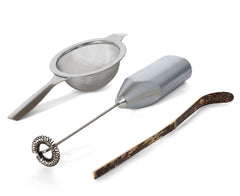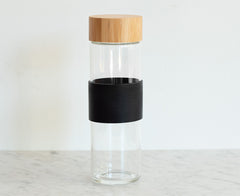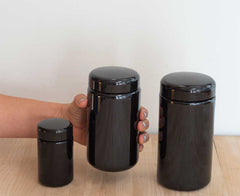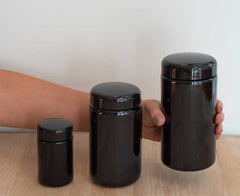Toxicity of green tea extracts and their constituents in rat hepatocytes in primary culture
Author: M. Schmidt and H.-J. Schmitz and A. Baumgart and D. Guédon and M.I. Netsch and M.-H. Kreuter and C.B. Schmidlin and D. Schrenk
Recent reports on sporadic cases of liver disorders (acute hepatitis, icterus, hepatocellular necrosis) after ingestion of dietary supplements based on hydro-alcoholic extracts from green tea leaves led to restrictions of the marketing of such products in certain countries of the EU. Since green tea is considered to exert a number of beneficial health effects, and, therefore, green tea products are widely used as dietary supplements, we were interested in the possible mechanism of hepatotoxicity of green tea extracts and in the components involved in such effects. Seven hours after seeding on collagen, rat hepatocytes in primary culture were treated with various hydro-alcoholic green tea extracts (two different native 80% ethanolic dry extracts and an 80% ethanolic dry extract cleared from lipophilic compounds). Cells were washed, and reduction of resazurin, used as a viability parameter monitoring intact mitochondrial function, was determined. It was found that all seven green tea extracts examined enhanced resazurin reduction significantly at a concentration range of 100–500 μg/ml medium, while a significant decrease was observed at 1–3 mg/ml medium. Decreased levels were concomitant with abundant necrosis as observed by microscopic inspection of the cultures and with increased leakage of lactate dehydrogenase activity from the cells. In a separate series of experiments, the green tea constituents (−)-epicatechin, (−)-epigallocatechin-3-gallate, caffeine and theanine were tested at concentrations reflecting their levels in a typical green tea extract. Synthetic (+)-epigallocatechin (200 μM) was used for comparison. Cytotoxicity was found with (−)-epigallocatechin-3-gallate only. The concomitant addition of 0.25 mM ascorbate/0.05 mM α-tocopherol had no influence on cytotoxicity. In conclusion, our results suggest that high concentrations of green tea extract can exert acute toxicity in rat liver cells. (−)-Epigallocatechin-3-gallate seems to be a key constituent responsible for this effect. The relatively low bioavailability of catechins reported after oral exposure to green tea argues, however, against a causal role of these constituents in the reported liver disorders.



